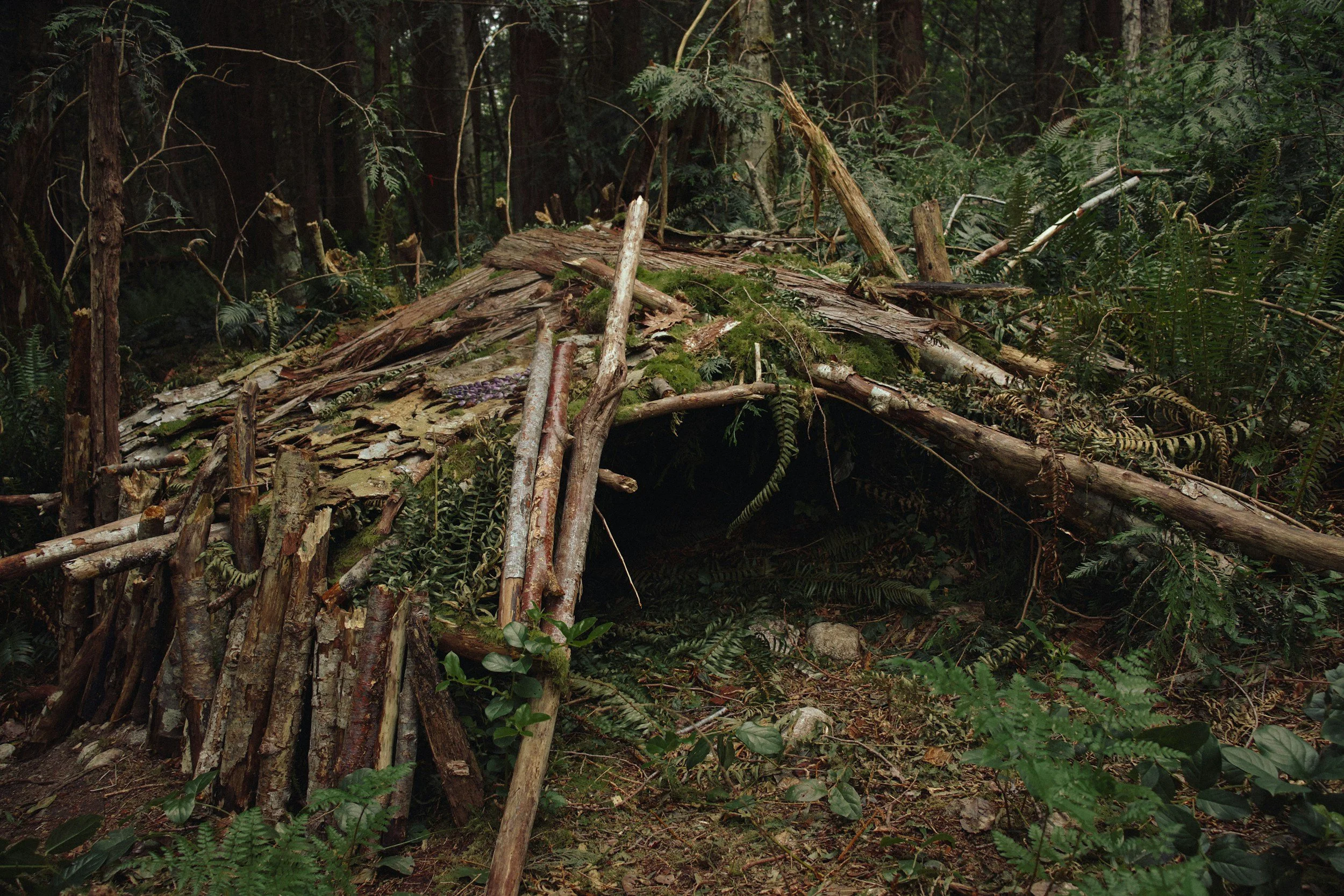How to Build a Shelter Using Only Natural Materials
If you ever find yourself needing protection from the elements—whether on a hiking trip, camping overnight, or just practicing survival skills, knowing how to build a basic shelter with natural materials is a useful skill that requires zero gear and only what nature provides.
On raw land in Utah, where weather can shift quickly and shade or insulation are key, this kind of shelter can help you stay dry, warm, and safe using the rocks, wood, and brush around you.
Why Build a Natural Shelter?
You might need a shelter for:
Unexpected weather during a day trip
A basic overnight camp setup
Practicing survival or bushcraft skills
Teaching kids or scouts outdoor know-how
Creating a backup structure on off-grid land
No need to haul in lumber or tool, just work with what’s already there.
Best Types of Natural Shelters (No Tools Needed)
1. Debris Hut
One of the most common survival shelters. It uses branches, leaves, and pine needles to create an insulated cocoon.
Gather a long, sturdy branch as the ridgepole
Prop one end up against a rock, stump, or forked stick
Lean smaller branches on both sides to form a frame
Cover with thick layers of leaves, grass, bark, and pine needles
Crawl in feet-first, just enough space for your body heat to stay in
Great for: Cold nights, wind protection, fast builds
2. Lean-To Shelter
Simple and effective for shade or light rain.
Find a fallen tree or place a long branch against a log or rock
Lean branches at an angle against the ridgepole
Layer the top with brush, leaves, bark, or grasses for coverage
Add more insulation to the back if wind is a concern
Great for: Quick daytime use or rain protection
3. Rock Overhang or Cave Shelter
If you find a rock ledge, boulder stack, or shallow cave, you can use it as a windbreak or roof.
Check for animal signs before entering
Build a debris wall on the open side for insulation
Use branches or logs for a door if needed
Great for: Windy or high-altitude areas with exposed terrain
Materials You Can Use (Found on Your Land)
Downed branches and logs
Pine needles or dead leaves
Sagebrush or juniper bark
Tall grasses and dry weeds
Flat rocks or slabs for wind breaks
Mud or clay for sealing gaps (optional)
Never cut down live trees unless it’s a true emergency. Use fallen or dead material whenever possible.
Where to Build Your Shelter
Pick your location carefully:
Look for high ground (to avoid flooding)
Choose areas near natural windbreaks like boulders or trees
Avoid dry creek beds or low spots that could fill with water
Face the entrance away from the wind
Also consider the time of day, shaded spots are great for daytime, while sun-facing spots may stay warmer overnight.
FAQ: Shelter Building on Raw Land
How long does it take to build a natural shelter?
Most basic shelters take 1–3 hours depending on size, materials, and experience.
Is this legal on private land?
Yes, as long as you own the land or have permission, you’re free to build temporary structures.
Can I use these for long-term camping?
Yes, but you may want to reinforce or rebuild as needed. For extended stays, consider supplementing with tarps or additional weatherproofing.
What if I’m in a high desert zone?
Use rocks and dirt mounds as insulation. Shade is more important than insulation in desert heat.
Why Learn This Skill?
Building a shelter with natural materials is one of the simplest ways to use your land from day one—no tools, no prep. It teaches you how to observe the land, use available resources, and build confidence in the outdoors.
Even if you never need it in an emergency, it’s a great weekend project and a valuable homesteading skill.
Why Choose Mountains West Ranches?
Owner-financed land ideal for camping and survival practice
No credit checks, low monthly payments
Properties in forested, high desert, and mountain zones
Experienced support from a local Utah team
Practice survival skills on land you own.
Browse our available Utah properties or contact us to learn more about land perfect for camping, prepping, and building your own outdoor skills.



